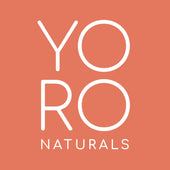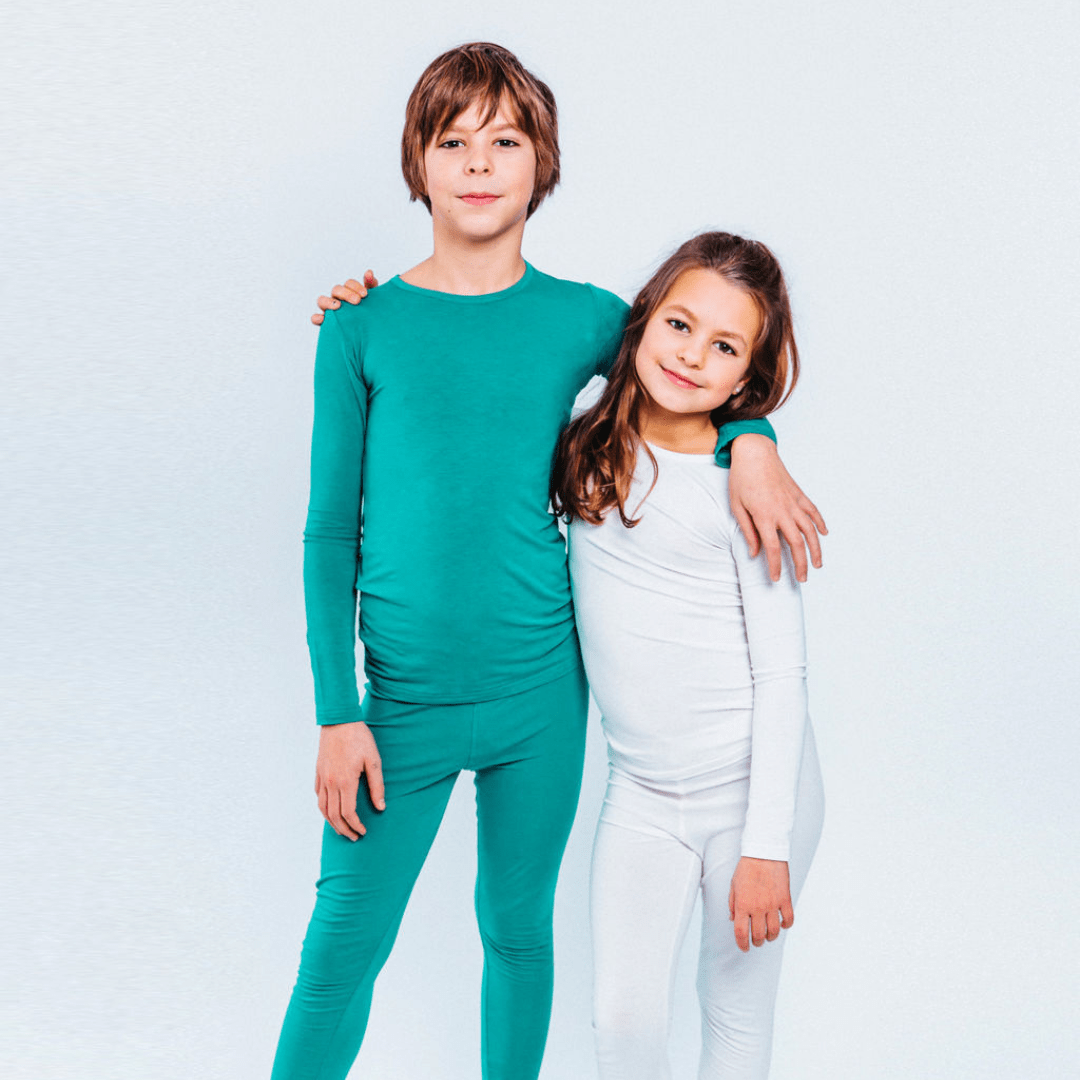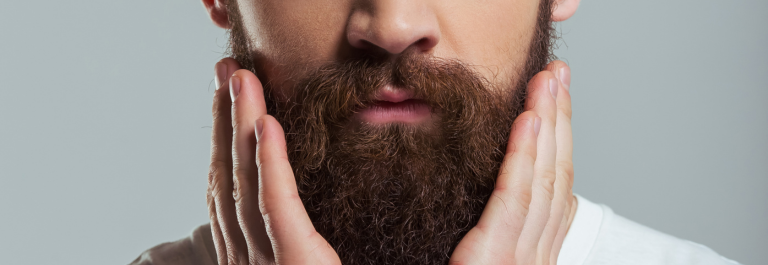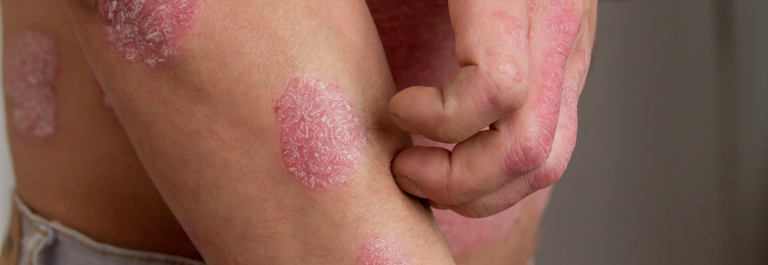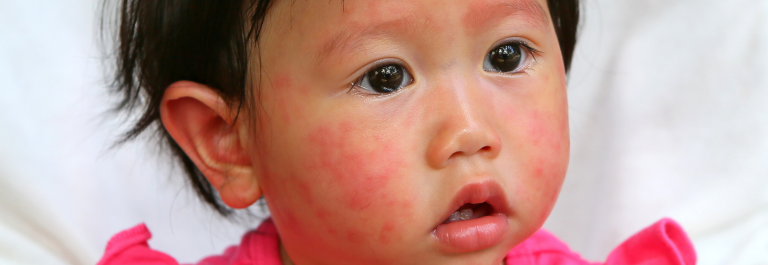Is your beard becoming dry or unruly? Are those flyaway hairs getting on your nerves? Do you ever struggle with bouts of beard dandruff and itchy skin?
If this sounds familiar, it might be time to improve your beard care routine with a nourishing beard butter.
Throughout this post, we're going to cover everything you need to know about:
-
The purpose of beard butter
-
The differences between beard butter, beard oils, and beard balm
-
How to use beard butter to nourish your beard and facial skin
Keep reading to learn more about how beard butter can help transform the health and feel of your beard while boosting your style and confidence.
Why Do People Use Beard Butter?
Beard butter might be your ticket to a fuller, healthy beard.
That's because beard butter tends to be packed with deeply moisturizing ingredients such as shea butter, cocoa butter, and jojoba oil, which soften and strengthen your facial hair and nourish the skin underneath, giving your beard a healthy shine.
Beard Oil, Balm, and Beard Butter: What's The Difference?
Caring for your beard shouldn't have to be complicated. But it isn't easy when there are so many different types of beard-grooming products out there, and you haven't got a clue where to begin!
As a starting point, let's explore the difference between beard oil, balms, and butter.
Beard Oil
People apply beard oil to nourish the delicate skin beneath their beard and soften abrasive facial hair. Particularly if you're suffering from dry skin, flaking, or itching, this could be the product for you.
Beard oil can also help protect you against folliculitis, an inflamed hair follicle caused by bacterial or fungal infections.
Beard Butter
Beard butter is a beard conditioner designed to hydrate and strengthen your beard hair deeply.
They contain more carrier oils than a beard balm (jojoba, almond, vitamin E oil, or argan), giving the product a slightly lighter feel.
Beard Balms
Beard balms, on the other hand, contain a generous amount of wax. These thick creams, therefore, tend to be used for styling purposes and keeping unruly hairs in check.
How Do I Use Beard Oil?
The best time to apply beard oil is right after you've stepped out of a warm bath or shower. That's because the heat and steam will help to gently open your pores, making your skin more receptive to the oil.
-
To begin, pat your face dry with a gentle towel - oil and water don't mix, so to get the most out of your beard oil, you'll want to begin with a dry enough beard.
-
Next, pump 2-3 drops of beard oil into your hands and rub your hands together to distribute the oil evenly.
-
Then, you'll want to gently massage the oil into your face, focusing on the skin underneath your beard. Remember that we want to ensure every hair follicle gets the love it needs. Massaging the skin on your face stimulates the hair follicles and increases blood flow to the area, which promotes hair growth.
-
Next, run a wide tooth sandalwood comb through your beard to evenly distribute the oil. Sandalwood is an ideal material because it helps pull the natural oils on your face down throughout your beard so your facial hair can feel the benefit.
-
Repeat this process daily, applying more oil if your beard feels very dry and cutting back if your face is greasy.
How Do I Use Beard Butter?
When should you apply beard butter? Each person will have their unique preference, but we'd recommend using beard butter at nighttime to allow time for your facial hair to soak up all that nourishing goodness while you sleep.
-
To begin, take a dime-sized amount of beard butter and rub it into the palm of your hands until it melts.
-
Next, start rubbing the butter evenly into your beard. Use your wide-tooth sandalwood comb to help draw the product down onto your hair and gently massage your skin.
-
If you use it during the daytime, style it as you wish, giving your beard a light to medium hold.
Run A Patch Test
Depending on your skin type, if you know that you're prone to rashes, we'd recommend doing a patch test with your beard oil and butter on your neck before applying it to the rest of your face. Better to be safe than sorry!
Too Much Of A Good Thing?
How much beard butter is too much?
Most beard butter is designed to leave a little residue in your hair to help moisturize your hair over a more extended period. Still, you've used too much if you wake up to a greasy beard, clumps of undistributed beard butter stuck in your hair, or a waxy feel!
Top Tip!
Don't use beard oil and beard butter at the same time. This is because the shea butter in beard balms won't mix well with the oil and could leave your beard looking extremely greasy!
What Is The Best Beard Butter To Use?
Particularly if you have sensitive skin, you'll want to find a beard butter made from gentle, natural ingredients with no harsh chemicals.
-
Coconut oil boasts natural microbial properties to help protect you from skin infections.
-
Shea butter, jojoba oil, sweet almond oil, and grapeseed oil deeply hydrate your hair fibers.
-
Essential oils offer natural fragrances to help keep your beard smelling fresh!
Healing Irritated or Dry Skin
As we've already seen, it's not enough to care for your facial hair alone - you must look after the skin beneath, too.
Suppose you have issues with a dry beard, dry skin, irritation, and beard dandruff. We recommend switching out your usual beard oil for an anti-microbial, profoundly hydrating moisturizer such as the Organic Manuka Skin Soothing Cream.
This little pot of goodness is made from six natural ingredients, including 16+ New Zealand Active Manuka honey to heal flaky skin, combat chronic conditions such as eczema or psoriasis, and help fight off razor burn. It contains just the right of water vs. beeswax to nourish your skin and beard without leaving a sticky residue, allowing you to look and feel your best.
Grow And Maintain A Healthy Beard Today
Follow these tips to help you improve your beard grooming routine today, keeping your skin and hair soft, radiant, and healthy.

